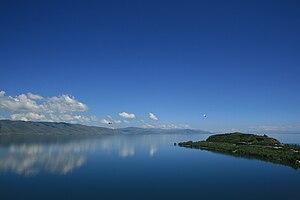Re: Military Notebook: Military Discussions
History placed us in a curse of killing each other on the battlefield fighting for others power....even today.
History placed us in a curse of killing each other on the battlefield fighting for others power....even today.





Comment